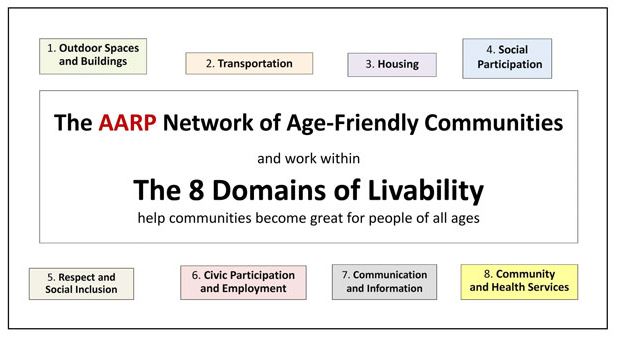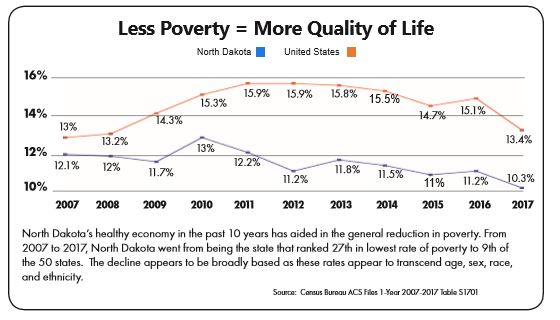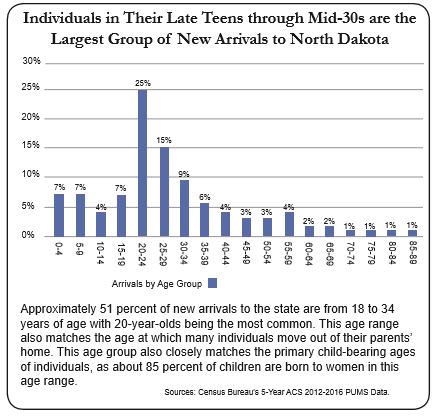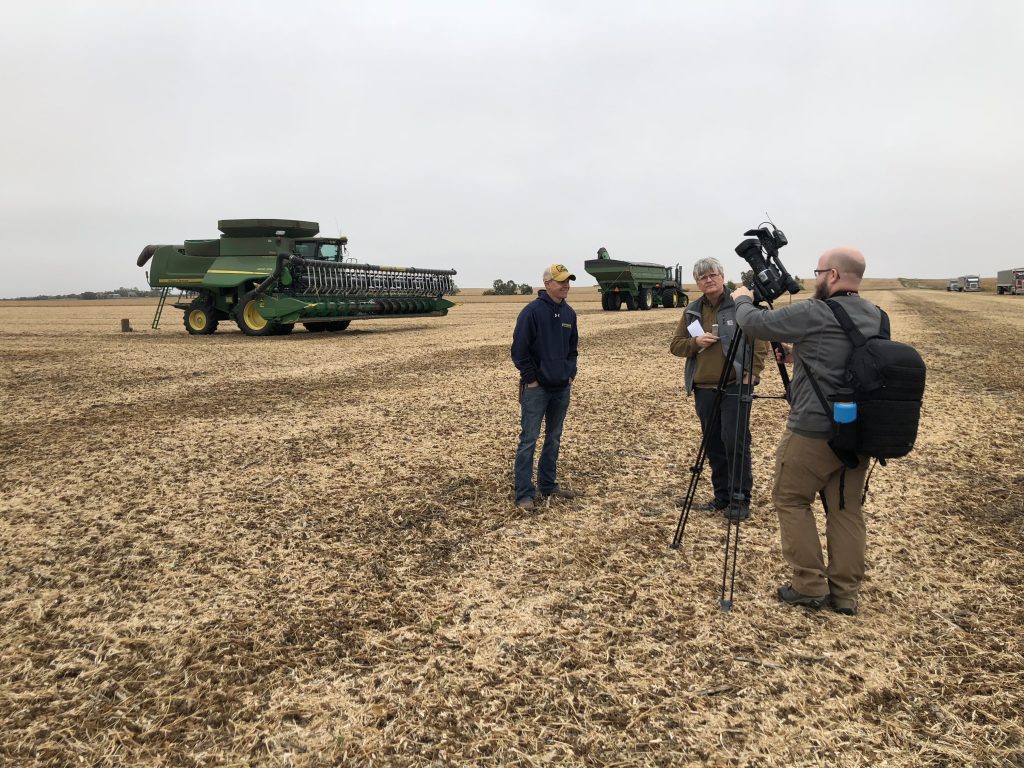Legislative Update – January 18th

https://us13.campaign-archive.com/?u=5a536bbc2522f3dd109b5813a&id=57f0ef752c
Legislative Updates – EDND

https://mailchi.mp/ec2e159c8353/ednd-legislative-update-1726681?e=df614f3934
Revenue Projections for 2019-2021 Biennium

https://mailchi.mp/551e31bb2439/ednd-legislative-update-1716657?e=df614f3934
Age-Friendly Communities

Livable Communities…..Age-Friendly…..Complete Streets……are all words that we should be familiar with and we as a community should be embracing our aging community and preparing it to be more “livable”. Let’s […]
Growing by the Numbers – November 2018

Click here to go to “Growing by the Numbers” – November 2018 ND: Quality of Life Improves Through Reduction in Poverty The Census Bureau released a number of statistics related […]
Growing by the Numbers – October 2018

ND SHOWS THE HIGHEST GROWTH OF ANY STATE Click this link to go to “Growing by the Numbers” – October 2018 North Dakota showed the highest percentage growth of any state […]
Growing by the Numbers – September 2018

WHO IS MOVING TO ND? Click here to go to “Growing by the Numbers” – September 2018 About one in five of new arrivals appear to be “returning North Dakotans,” […]
Pumpkin Pickin’- Washburn

Main Street ND Team in Washburn 9/25

Every community has unique opportunities and challenges. The Main Street Initiative gives local leaders a direct access point to a variety of resources, helping capitalize on strengths and make sound […]
AgWeek Visits Washburn

The full article will be available in October and the TV coverage will air the weekend of September 29th.
